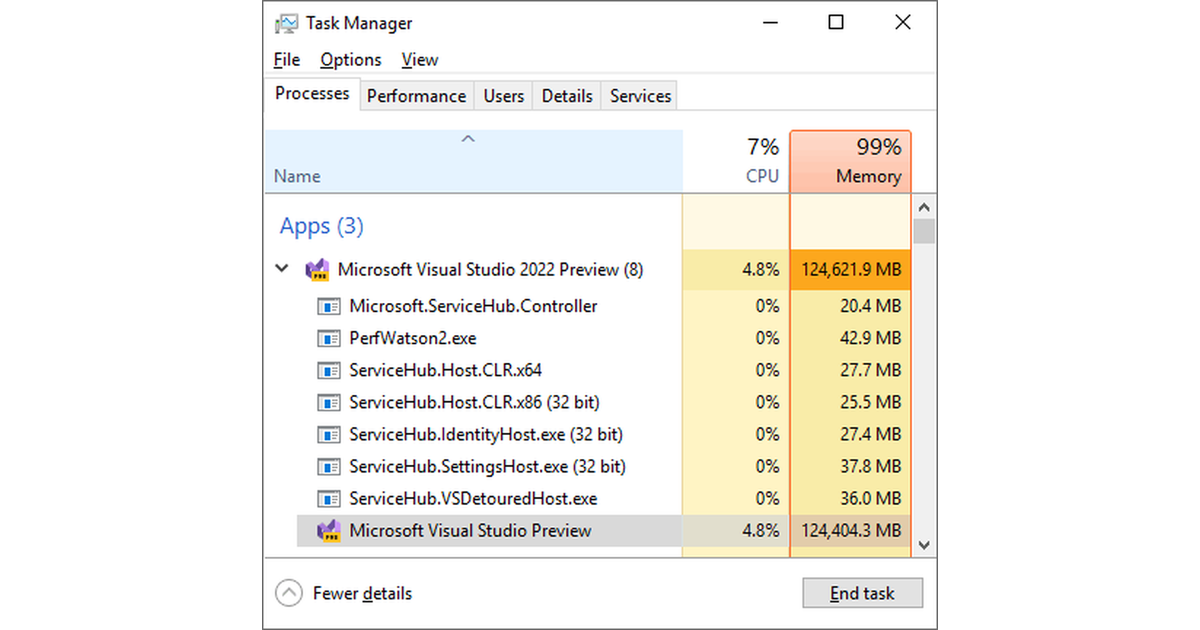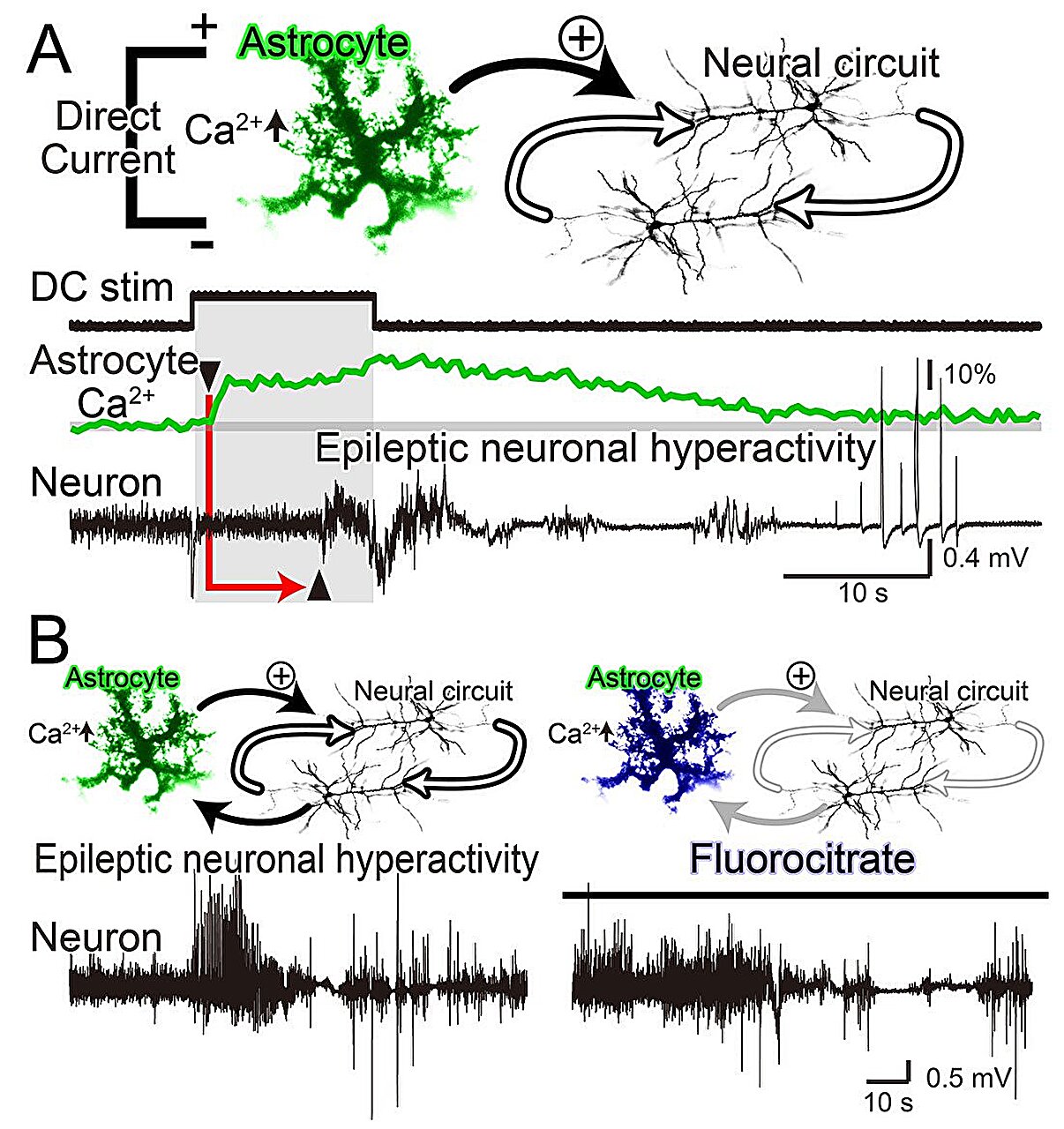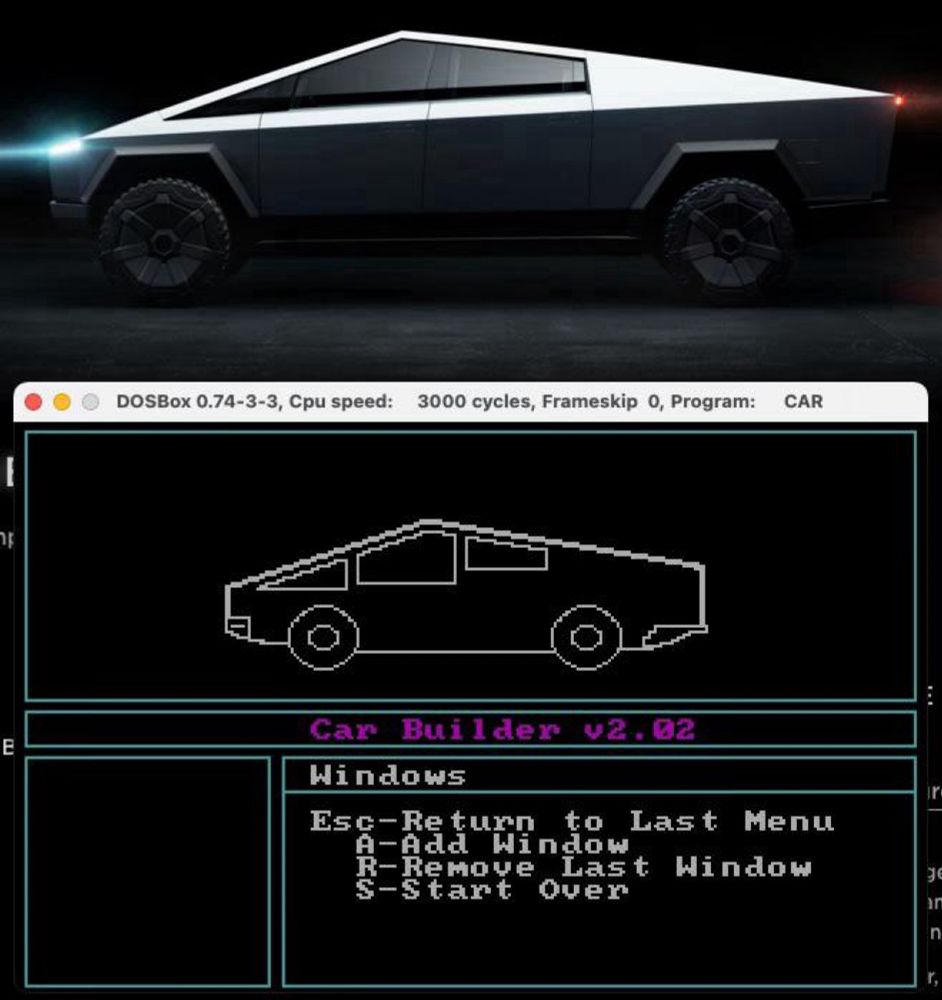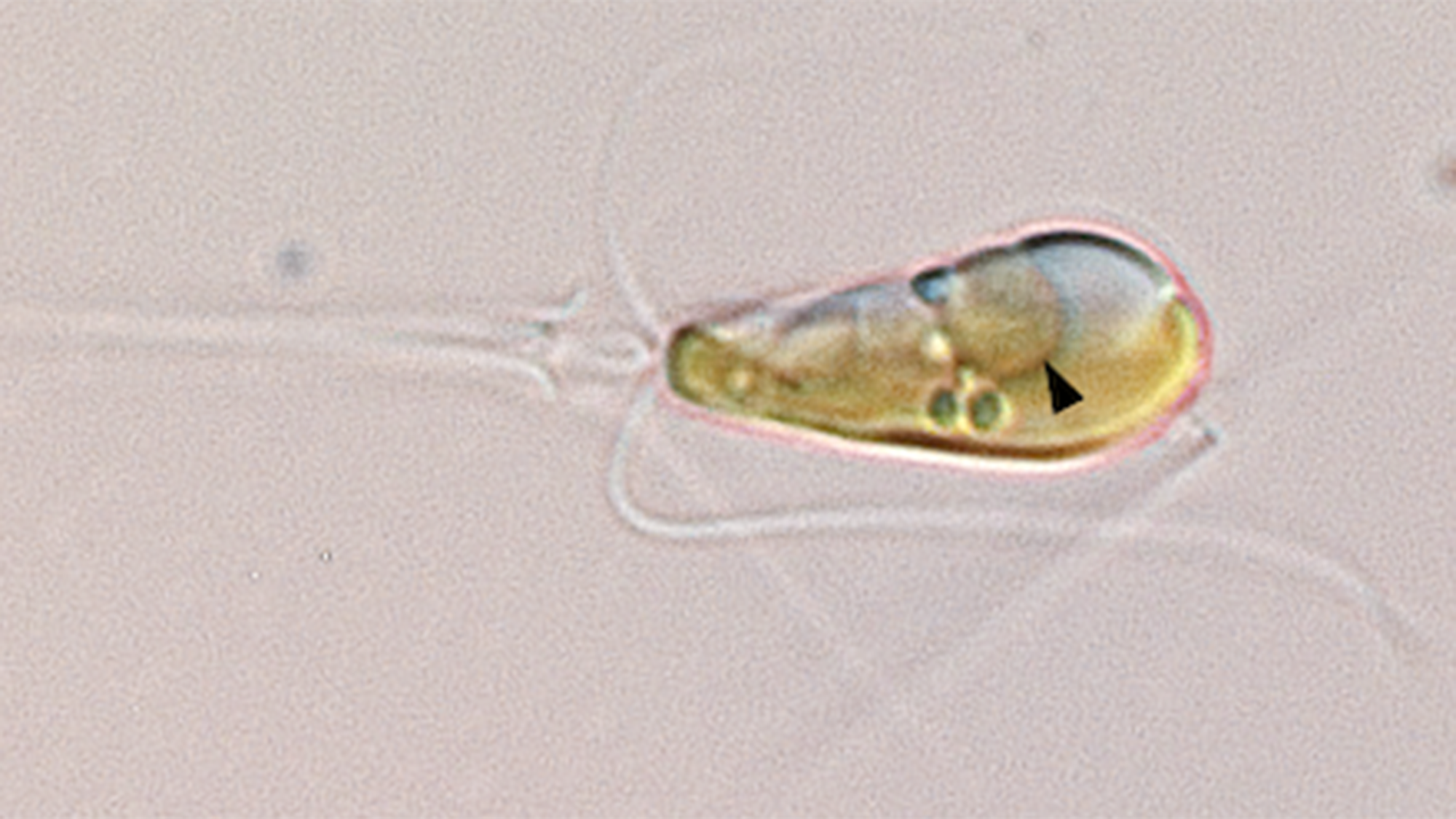Top-tier memory management
Welcome to LWN.net The following subscription-only content has been made available to you by an LWN subscriber. Thousands of subscribers depend on LWN for the best news from the Linux and free software communities. If you enjoy this article, please consider subscribing to LWN. Thank you for visiting LWN.net!
The following subscription-only content has been made available to you by an LWN subscriber. Thousands of subscribers depend on LWN for the best news from the Linux and free software communities. If you enjoy this article, please consider subscribing to LWN. Thank you for visiting LWN.net!
Modern computing systems can feature multiple types of memory that differ in their performance characteristics. The most common example is NUMA architectures, where memory attached to the local node is faster to access than memory on other nodes. Recently, persistent memory has started appearing in deployed systems as well; this type of memory is byte-addressable like DRAM, but it is available in larger sizes and is slower to access, especially for writes. This new memory type makes memory allocation even more complicated for the kernel, driving the need for a method to better manage multiple types of memory in one system.
NUMA architectures contain some memory that is close to the current CPU, and some that is further away; remote memory is typically attached to different NUMA nodes. There is a difference in access performance between local and remote memory, so the kernel has gained support for NUMA topologies over the years. To maximize NUMA performance, the kernel tries to keep pages close to the CPU where they are used, but also allows the distribution of virtual memory areas across the NUMA nodes for deterministic global performance. The kernel documentation describes ways that tasks may influence memory placement on NUMA systems.


















